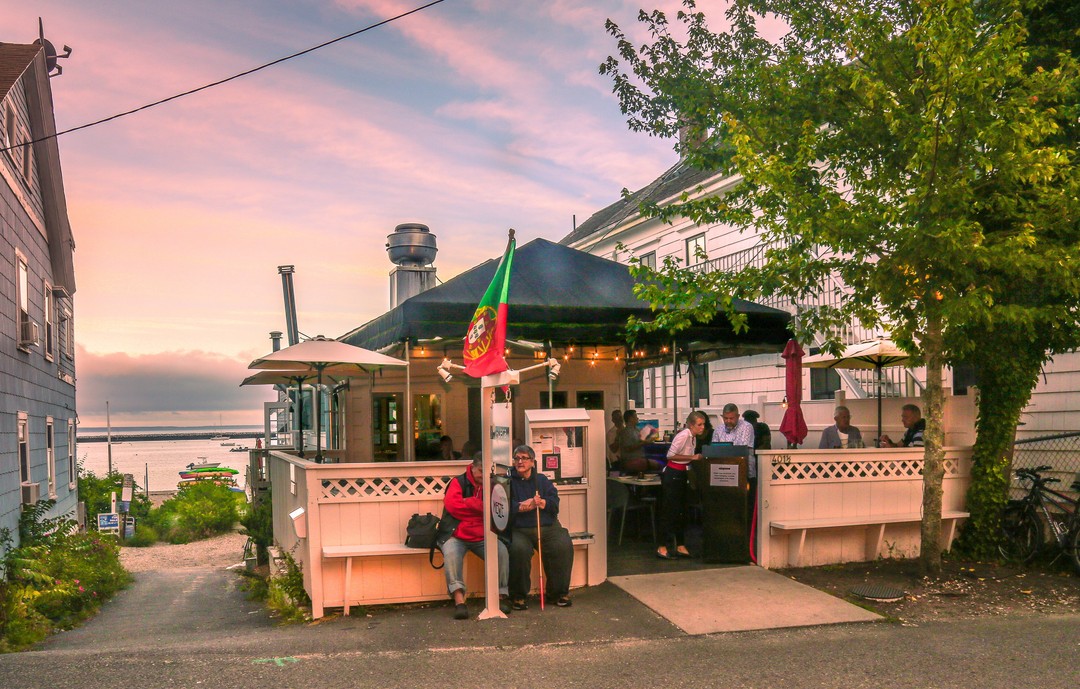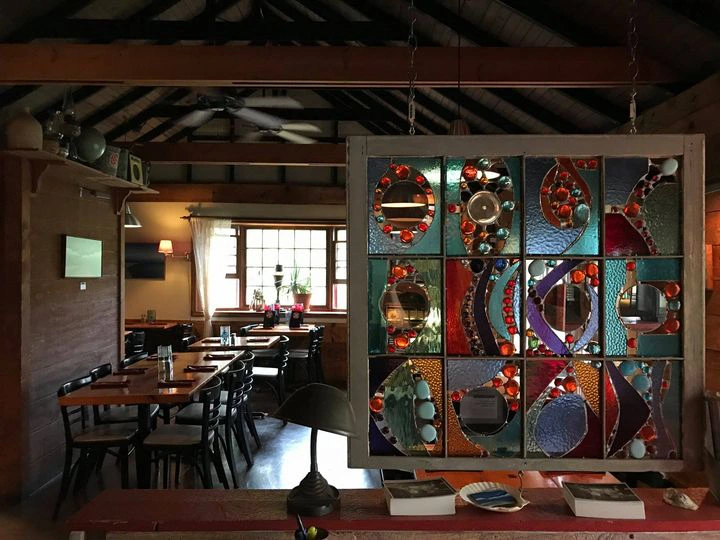The art of navigating high restaurant labor costs through menu pricing
Running a restaurant isn’t easy, even in times when the labor market is smooth and flat. In today’s environment, with labor shortages and high hourly wages, it’s doubly hard.
Stellar Menus chatted with three restaurateurs to find out how labor costs play in to the prices diners see on their menus.
Steve Katsurinis, President & Owner
Yolqueria & Mezzaterranean
https://mezzeptown.com
1. Keeping an eye on labor costs even though they seem to be stabilizing
I start with the reality that we live in a high-wage state and a community with a high cost of living. This means our labor costs are higher than in many other areas. Ultimately, when your labor costs are that high, you have to fit it into your pricing somewhere.
The good news is that labor costs seem to be stabilizing for us—at least to a certain extent. So I can project my labor costs more confidently than over the last couple of years.
Our business is seasonal, and as summer approaches, I always have to increase the size of my team. With more stable labor costs, I will likely only need to reevaluate pricing once or twice in the season. For example, around the fourth of July, I’ll take a look and see what’s going on. If labor is a bit higher than expected, I’ll look for a couple of items where I can raise the price. It’s a bit of an art. Of course, our guests don’t want prices to go up, but when our costs go up, we have to find places to make adjustments.
Audrey Laili, Owner
Joon Bar and Kitchen
https://joonbar.com/
2. Intuitively pricing to manage labor costs while staying competitive
The highest cost we have, other than our mortgage, is payroll. And nowadays, there’s no housing available in our community, so I assist many of my people with their housing in addition to their salary, which drives up costs even further and takes away from potential profit.
Marking things up is a start, but I still have to find a price that hovers around the typical prices I see around town. So rather than just adding a dollar to every item, I look at items individually and use my intuition to set final prices.
Fred Latasa-Nicks, Executive Chef
Strangers & Saints
https://strangersandsaints.com/
3. Reducing menu size, cutting sacred cows, and using creative skills to address labor issues
When thinking about labor and my menu, there are a lot of variables. It’s almost like a series of knobs you’re tuning to figure it out.
The answer for me was to reduce the menu size and focus on things we could prepare with less labor. This is our eighth year, so I have an in-depth knowledge of how the business operates. I reduced the menu size by about 15% and can now manage the night-time service with one less person.
In some cases, it meant letting go of sacred-cow dishes and those that require a lot of manpower, like oysters, which need a shucker. I took oysters off the menu because when we’re doing high-volume, like 250 or 300 covers a night, oyster shucking requires almost a full-time body. I would never have considered removing them two years ago because they were central to our offerings, but the labor pressure has forced change.
I also let go of our pizzas, another difficult choice. We have a stone hearth oven and are locally known for offering five or six high-end gourmet pizzas. But running a 600-degree oven and stretching dough and making pizzas requires one, and in the summer, sometimes two, people managing that station. So I went from offering six pizzas to having just one. We’re retooling the restaurant to be more labor efficient.
We’re also finding ways to use our creative skills to address the labor shortage, such as doing more sous vide cooking to make the service of items easier, like with short ribs. This makes the line more efficient and reduces prep time. Sous vide also delivers an amazing end product—there’s nothing like short ribs that have cooked for 20 hours in our spice mix!
I’ve also heard from friends who are buying more prepared foods, like sliced onions and peeled carrots. This costs a bit more but cuts down on prep.
Up next: Restaurant owners talk about what bugs them when they eat out at other restaurants
In the next post in our Ask a Restaurateur series, find out what turns off your fellow restaurateurs and chefs when they dine out.
In the meantime, we invite you to sign up for a demo of the Stellar Menus Intelligent Menu platform. We’ll show you how easy it is to price your menu for maximum profit while protecting your margin.








